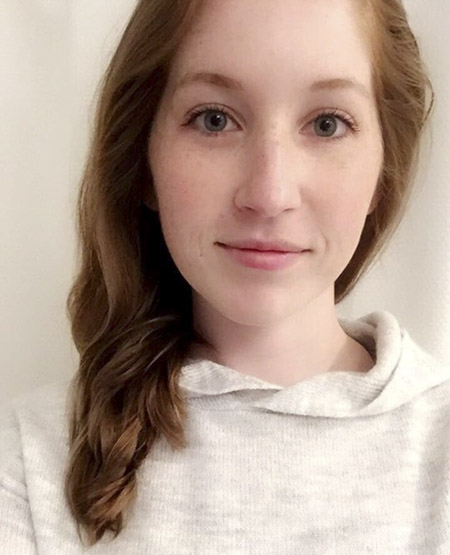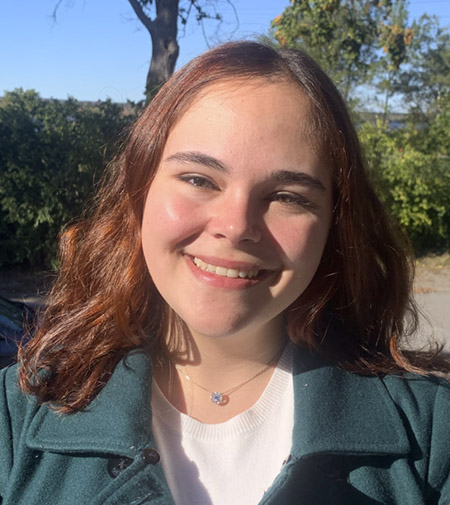Chronic pain in children: What it is and why it matters
Chronic pain affects 1 in 5 Canadian children and adolescents. That is, 1-3 million youth who have pain that lasts longer than three months and that is associated with negative sensory and emotional experiences. Unlike acute pain, which typically comes from damage to the body’s tissues and lasts for a short time, chronic pain lasts longer than the expected healing time and is like an alarm system that goes on and off unrelated to actual or potential tissue damage.
Chronic pain is considered a disease in and of itself, like headaches. It can also be secondary to a chronic disease, like sickle cell disease or arthritis, surgery, cancer, or injury. Thus, chronic pain can have a gradual onset or start suddenly and can be isolated to one bodily region or spread over multiple regions. The pain that a youth may experience can be continuous (does not go away) or recurring (fluctuates over time).
Given the attention-grabbing nature of pain, many children and youths with chronic pain experience interference with numerous aspects of daily living, including academic success, school attendance, sleep, relationships with peers, activities, family functioning, and psychological well-being, including mood and anxiety. Chronic pain not only affects the child or youth, but the family as well. Parents of a child with chronic pain often face lost work productivity as they tend to their child’s needs, and report higher levels of role stress, helplessness, anxiety, depression, and post-traumatic stress symptoms than parents of children without chronic pain. The intensity of the child’s pain is not an indication of the amount of interference that a child or family experiences. As pain is invisible and often fluctuates, parents, teachers, and peers can struggle with knowing how much pain a child is experience and how to help them cope with pain.
Chronic pain is best understood through a biopsychosocial model. This model consists of:
- biological (e.g., nociception, pain processing in the brain);
- psychological (e.g., emotional and cognitive factors, coping skills); and
- social and family (e.g., socioeconomic, race, family dynamics, others’ responses to pain) factors.
Each of these three factors influence one another and they can have bigger, or smaller, roles in the development and maintenance of chronic pain depending on the child or youth’s age, gender, and previous experiences with pain. Chronic pain is not a physical versus mental health issue, it is a mind-body connection. The brain is the processing unit for pain and comfort signals. Therefore, all pain has an emotional component to it, and all pain is affected by factors inside and outside the child or youth.
What evidence-based psychological interventions can assist in the management of children’s chronic pain?
Since chronic pain can have so many causes, treatment is focused primarily on improving function. This approach is taken so that children and youth with chronic pain can improve their mood, school attendance and participation in activities; move more easily; get better sleep; and be able to spend time with their friends and family. These aspects are important since symptoms of depression and anxiety often accompany chronic pain. Since children and youth who have symptoms of depression or anxiety are more likely to report higher levels of pain, it can help to focus not just on improving the severity of pain, but also how to return to valued activities.
As pain follows a biopsychosocial model, it requires a multipronged approach to treatment. The most common multipronged approach is the “3P” approach, which combines psychological, physical, and/or pharmacologic (medicine) treatment strategies. For this approach, treatment is most effective when the child or youth to works with different healthcare professionals, such as with a psychologist for the mind-body connections, a physiotherapist for movement, and a physician in case any medicines are needed. Psychological interventions have the most robust evidence of any treatment modality for managing pediatric chronic pain, even more than medications or physical treatments. Two of the main modalities for treating chronic pain in children and youth is through cognitive-behavioural therapy (CBT) or acceptance and commitment therapy (ACT). These approaches to treatment can include strategies such as biofeedback, relaxation, mindfulness, addressing unhelpful thoughts, goal-setting, sleep hygiene, or self-hypnosis. Psychologists may combine these approaches to address the commonly seen connection between pain and anxiety (e.g., fear of movement). Both CBT and ACT work to improve functioning despite the pain. Therapy can be offered either in-person with a therapist or remotely online or via an app.
Parents are also an important part of psychological interventions for chronic pain in children and youth. Even though parents may find the child or youth’s chronic pain to be distressing, it is important that they remain as optimistic as they can. While younger children may rely more heavily on their parents for emotional support than older children or youth, all parents can help support their child best when they are good at validating and problem solving. This means that the parents can identify problems, break problems up into manageable parts to solve, and solve them in a positive way. Sometimes, it can be useful for the parent to learn how to do this with a therapist so that they can best support their child or youth.
Where do I go for more information?
Books:
“When your child hurts: Effective strategies to increase comfort, reduce stress, and break the cycle of chronic pain” by Rachel Coakley
“Managing your child’s chronic pain” by Tonya M. Palermo and Emily F. Law
Websites:
You can consult with a registered psychologist to find out if psychological interventions might be of help to you. Provincial, territorial and some municipal associations of psychology often maintain referral services. For the names and coordinates of provincial and territorial associations of psychology, go to https://cpa.ca/public/whatisapsychologist/PTassociations/.
This fact sheet has been prepared for the Canadian Psychological Association by Brittany Rosenbloom. Elise Kammerer, and Kathryn Birnie in partnership with Solutions for Kids in Pain (SKIP), a national knowledge mobilization network whose mission is to improve children’s pain management by mobilizing evidence-based solutions through coordination and collaboration.
Date: October 2022
Your opinion matters! Please contact us with any questions or comments about any of the Psychology Works Fact Sheets: factsheets@cpa.ca
Canadian Psychological Association
Tel: 613-237-2144
Toll free (in Canada): 1-888-472-0657


